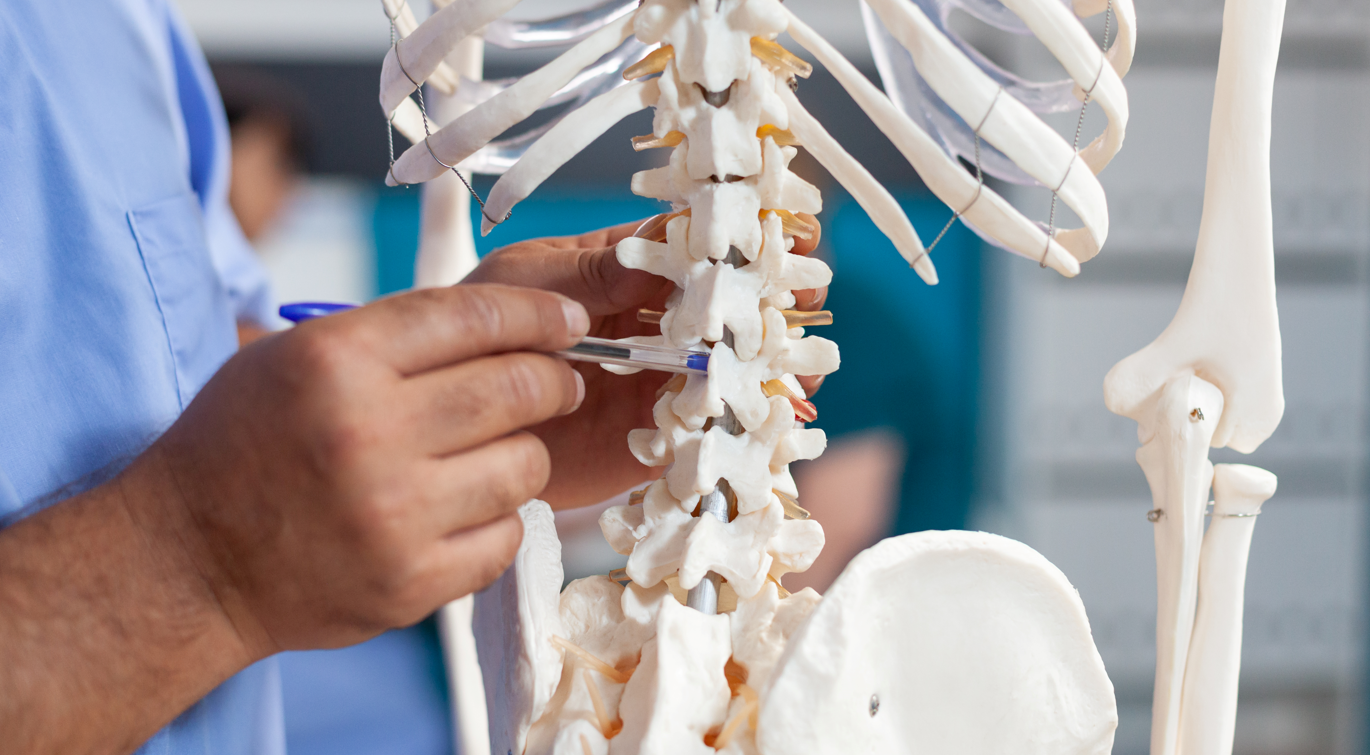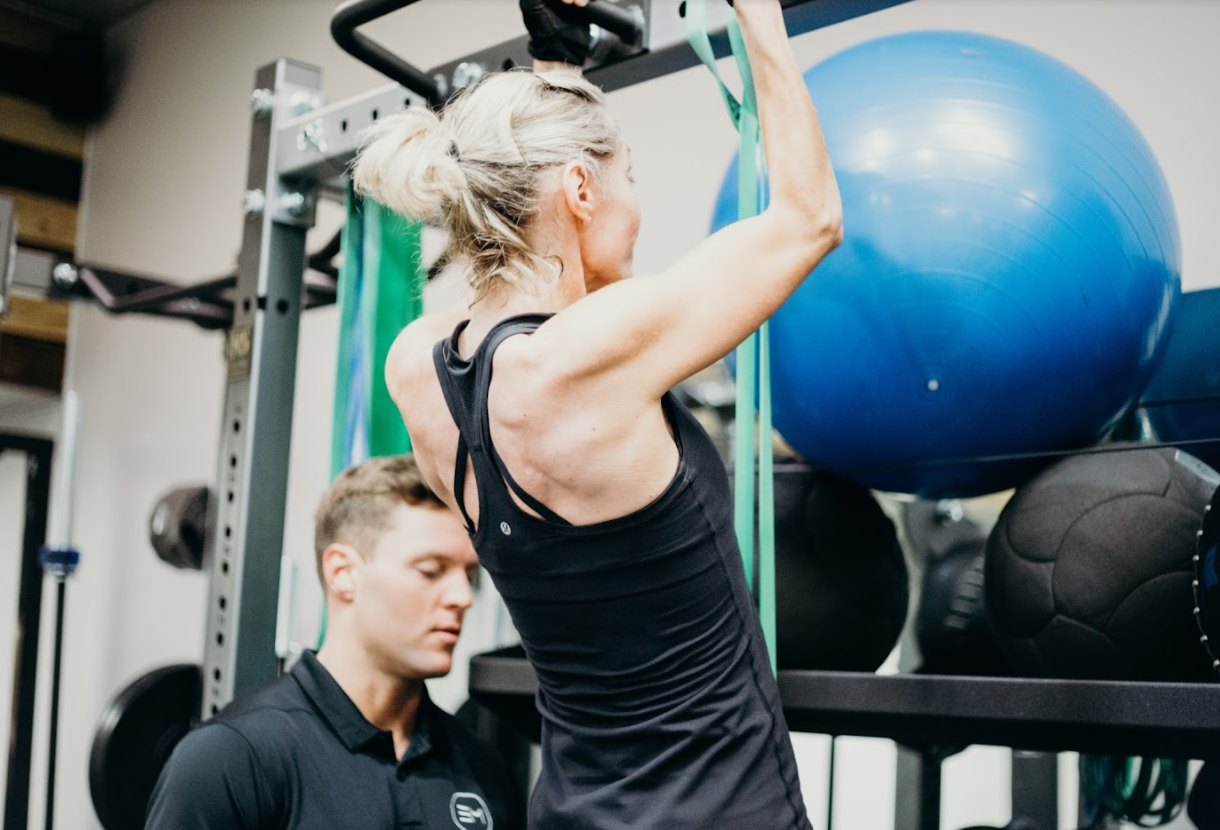Osteoporosis is a major cause of disability in the elderly generation, predominantly affecting women over 60. Osteoporosis is characterized by weakening of bones and loss of tissue causing them to become brittle and break. Typically this is caused by hormonal changes, lack of calcium, or vitamin D deficiency.
If you have been diagnosed with osteoporosis, there is help in the form of exercise and a few simple lifestyle changes.

Exercise for Osteoporosis: Because Exercise is Medicine
To start, let’s discuss what causes Osteoporosis.
Several factors can cause a person to be diagnosed with osteoporosis. The leading cause of osteoporosis is a lack of hormones, estrogen in women, and androgen in men. Women over 60 are frequently diagnosed as they finish menopause.
Another factor is a calcium or vitamin D deficiency. In calcium deficiencies, if there is not enough calcium in the blood, organs will take it away from the bones, making them weaker. Additionally, without calcium, you cannot build new bone tissue. Vitamin D helps absorb calcium and the two work in tandem.
A sedentary lifestyle can also cause osteoporosis. Muscle mass and bone tissue operate on a “use it or lose it” basis. A sedentary lifestyle can accelerate the rate in which bones and muscle deteriorate.
What causes osteoporosis?
- Lack of hormones
- Calcium deficiency
- Vitamin C deficiency
- Sedentary lifestyle

Treating Osteoporosis with Exercise: A Two-Fold Approach
Treating osteoporosis with exercise is two-fold. Certain types of exercise can strengthen muscle and bone and other exercises work to improve balance and prevent falls – one of the major causes of bone fractures.
Placing gentle stress on your bones can help reshape or remodel them to improve bone density, and regular exercise can slow down progression or even reverse a diagnosis.
Regular weight-bearing exercises are the best for improving bone strength. Walking, jogging, strength and resistance training are all great examples.
The safest treatment for those at higher risk of falls is to hire a personal trainer. This person can ensure exercises are being done correctly and modify them if necessary.

Preventing Osteoporosis
“Can I prevent osteoporosis with exercise alone?” Exercise is only one part of the equation for preventing osteoporosis.
A diet rich in calcium and vitamin D coupled with exercise is the perfect recipe for preventing osteoporosis. Foods rich in calcium include cheese, leafy greens, seeds, yogurt, beans and lentils. Foods rich in vitamin D include salmon and egg yolks.
There are steps anyone can take at any age to prevent osteoporosis.
- Eating foods rich in calcium and vitamin D is a great start.
- Supplements may be recommended for some, but a doctor recommendation is needed before beginning any regime.
- Adding exercise into the mix with weight training, walking, hiking and even playing tennis are great exercises to help build bone density.

At EIM Personal Training in Mountain Brook, we believe exercise is medicine for osteoporosis.
Exercise is Medicine. That’s our motto at EIM Personal Training. When diagnosed with a health condition like osteoporosis, navigating a new normal can be scary. Our talented team is ready to help whether that’s through personal training or nutritional services, we are passionate about your health and look forward to helping you through your journey.
Contact EIM Personal Training in Birmingham, AL Today
If you’re interested in learning more about how EIM Personal Training can help you treat, prevent, or even reverse your osteoporosis, give us a call at (205)536-6049 or schedule an appointment online today.
